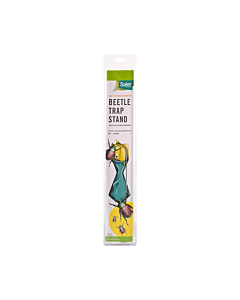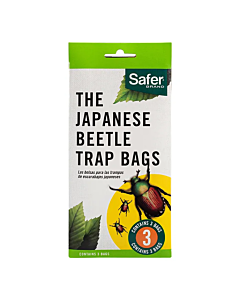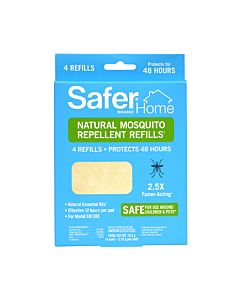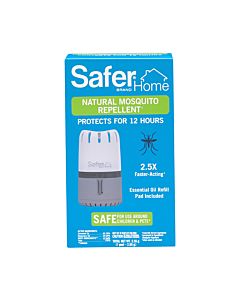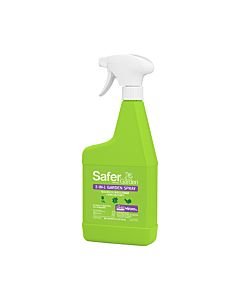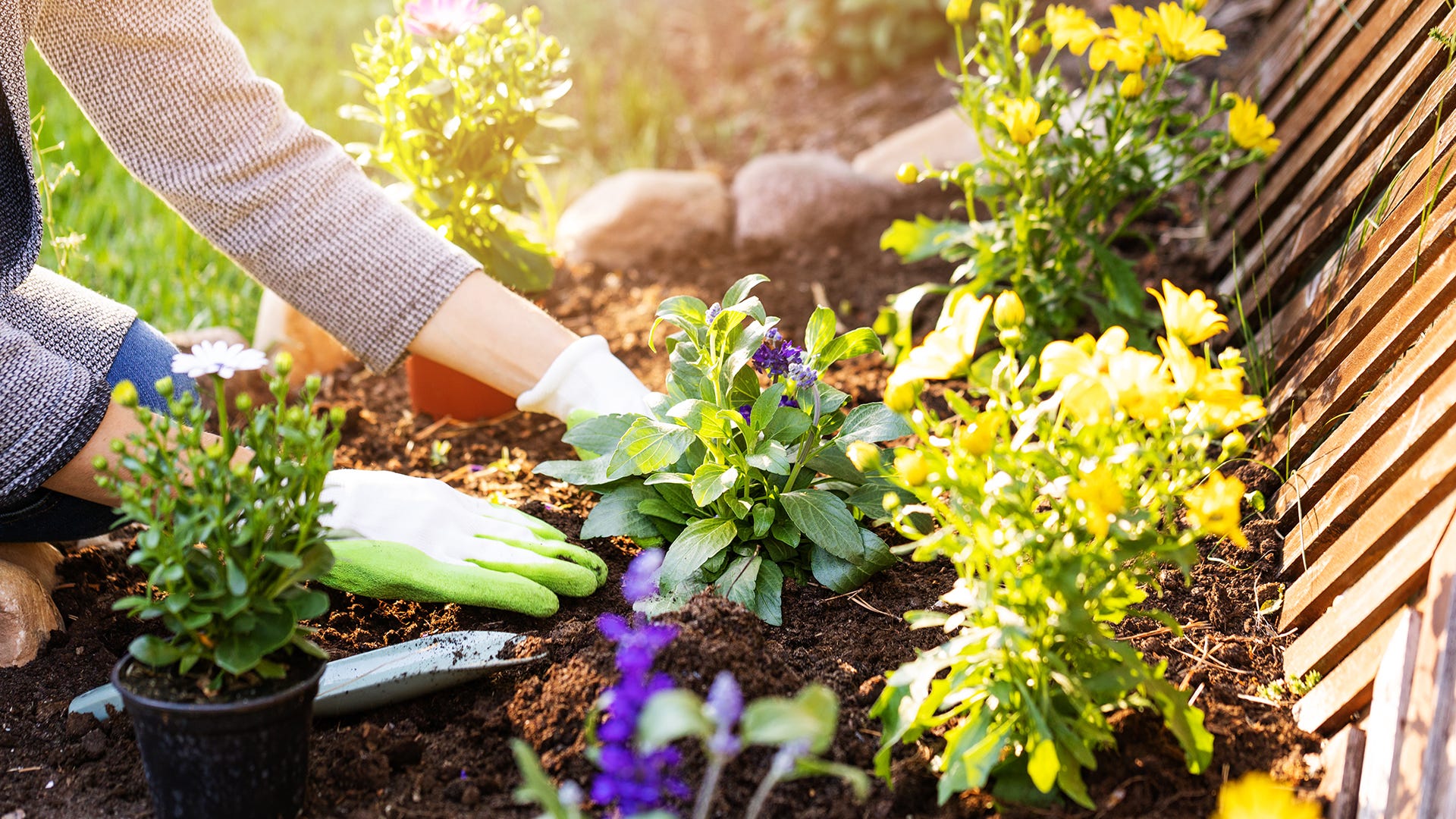
Even if your garden is flourishing with your favorite plants, you may have to relocate plants or flowers at some point. Maybe because of sunlight, lack of space, or other reasons, transplanting can be a useful trick when it comes to creating a perfect garden. Learn how to safely transplant your garden, flowers, and plants without causing harm and guarantee that they will flourish in their new location.
Basics of Transplanting
Transplanting is the act of taking a plant from one location and moving it into a different spot. Transplanting can be necessary when plants need dividing for reblooming or simply because of lack of room. Spring is a great time to move existing plants in your garden to different areas or buy new plants to plant.
Transferring your plant before it flowers is essential. Make sure that there are no signs of petals blooming. If you get a late start and your plant starts blooming, you might have to wait until fully developed before you can safely move it. In the fall, transplant in the cooler parts of the day. Summertime is the growing season, so avoid moving any plants to prevent stunted growth.
How to Transplant
While every plant is different and may require unique methods, here are the typical steps to take when transplanting:
- Find a new spot to relocate your plants to.
- Carefully remove the plant from its pot or the ground.
- Inspect the roots – make sure the root ball is well watered. Avoid roughening up the sides of the roots.
- Dig a hole twice as big as the root ball, while making sure the sides of the hole are jagged so it allows more root infiltration.
- Make a firm hill of soil in the center of the hole where you will put your root ball.
- Water the soil in and around the hole.
- Put your plant in the hole, making sure that it's slightly above the soil line.
- Refill the hole with garden soil mixed with planting mix and gently pat it down.
- Water the area thoroughly to help it take root.
Newly transplanted plants are vulnerable and need watering daily. When moving a bunch of plants in your yard, make sure that you focus on working one at a time. If you dig out all your plants at once, it could damage the roots and dry out the plants. Roots can desiccate quickly, so too much sun or wind can harm the plant before you even try to replant it.
Check the plant daily for the first few weeks to make sure that it’s acclimating to the new spot. Transplanting is a very stressful process and can shock the plant. If your flowers start to wilt or droop, it might be dehydrated. After watering, the plant may return to the normal state.
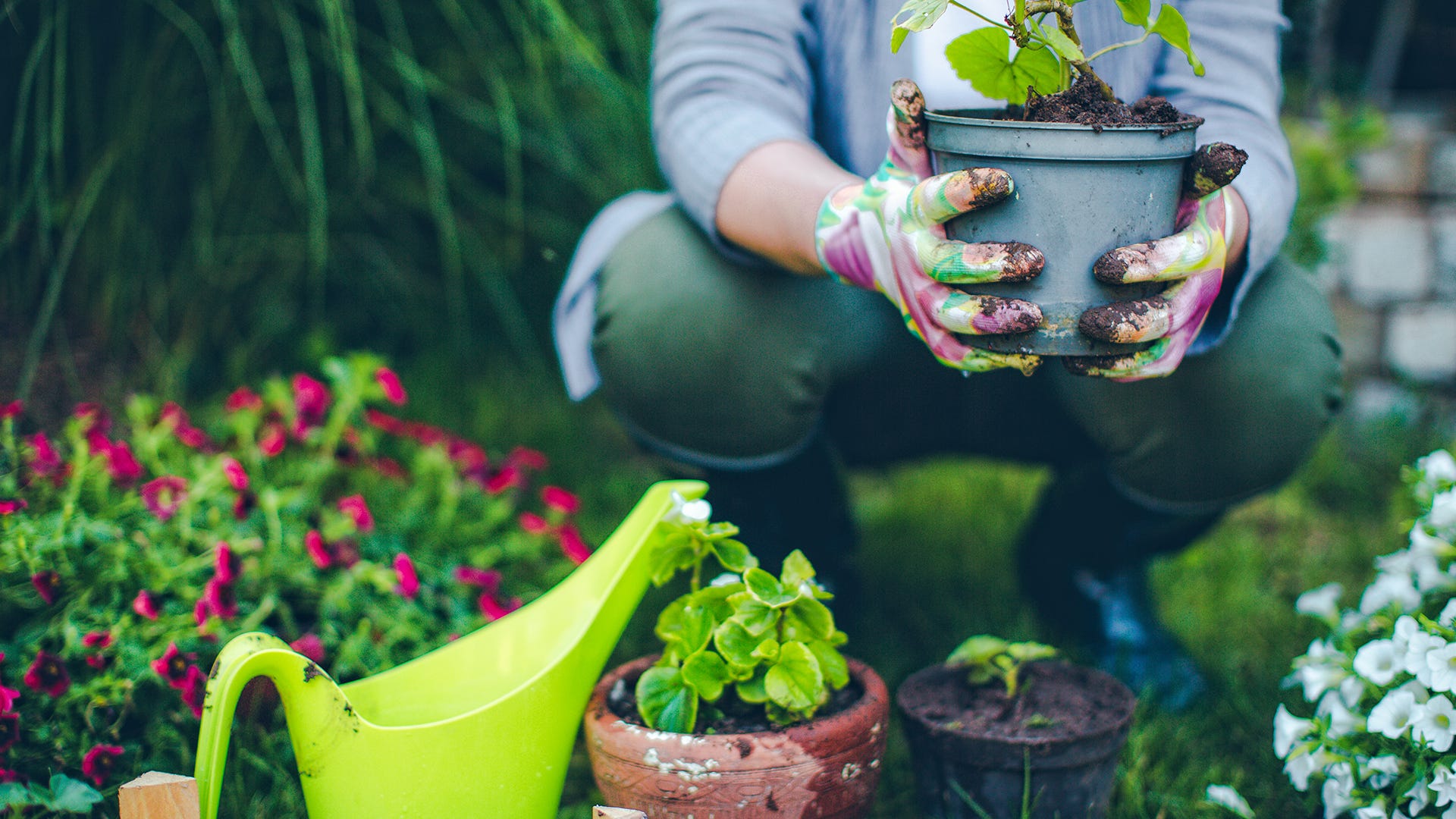
Tips When Transplanting
How did your transplanting process go? Let us know on our Facebook page. To further help your plants grow and thrive, prevent weeds, pests, and other hazards to plants, browse our website to view products and learn more about caring for your backyard and garden. From Garden Sprays to Weed Prevention and more, Safer® has your back so that your yard and garden is the best that it can be!

